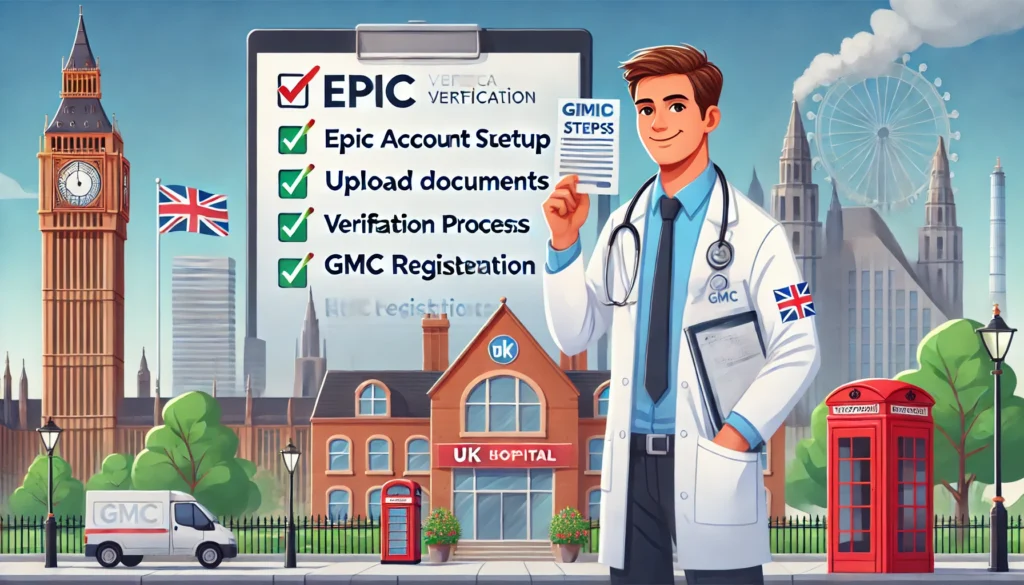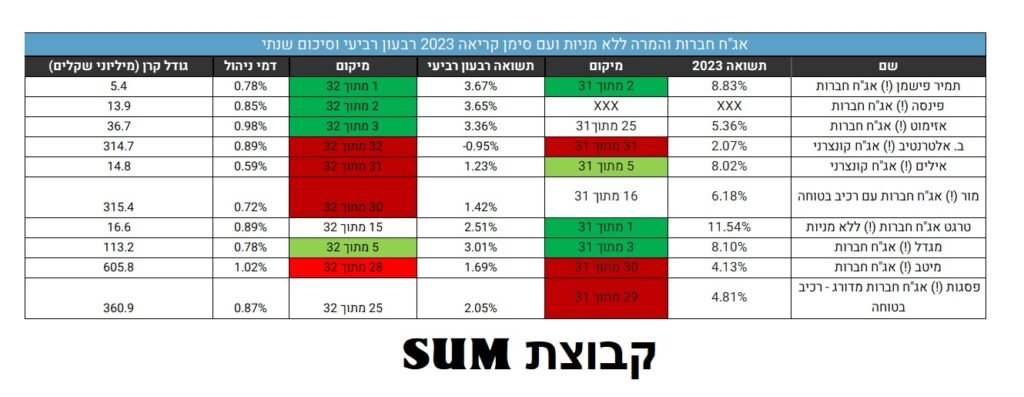Ah, the teenage years – when eye-rolls become a primary form of communication! Parenting teens can feel and may give an impression like walking a tightrope, to be honest. You want to enforce rules and keep them safe, but you know they crave independence. Positive discipline is about finding that balance: guiding and correcting teens without resorting to harsh punishment and instead using communication, natural consequences, and trust-building to teach lessons. It’s not about being a “cool” parent with no rules; it’s about being a firm yet supportive parent who enforces boundaries with respect and empathy.
When my son hit 15, we had our share of power struggles – curfew, homework, screen time, you name it. I realized that old-school yelling or the classic “Because I said so!” only pushed him away. I started reading up on positive discipline and decided to change tactics. Instead of lecturing about a missed curfew one night, I sat down and said, “Let’s talk. I want to understand what happened and figure out how to ensure we’re both on the same page.” I was amazed at how much more receptive he was when I approached him with a calm tone and a willingness to listen.
Some practical positive discipline strategies for parenting teens:
Open Communication is Key:
Make it a point to truly listen to your teenager. If they know you respect their opinions, they are more likely to respect the rules. Encourage them to share and express their views and feelings. Even if you ultimately disagree (“I hear you want a midnight curfew, but I worry about your safety. Let’s compromise on 10 PM for now.”), knowing their voice is heard builds mutual respect.
One expert insight:
Effective teen discipline is most successful when teens feel respected and heard by their parents.
Set Clear Rules Together:
Whenever possible, involve your teen in setting house rules. You might have non-negotiables (like no drunk driving, ever), but get their input for things like chores or curfews. “Parents and teens can agree and concede on house rules that reflect shared family values”.
When teens help shape the rules, they understand the why behind them and are more likely to follow through. For example, if maintaining good grades is a shared goal, you could agree that leisure screen time is limited on weeknights, with the understanding that free time increases when homework is done.
Use Natural Consequences Instead of Punishments:
Rather than immediately grounding your teen for every misstep, consider whether a natural consequence might do the teaching. Natural consequences are the outcomes that happen if we just step back. Suppose your teen oversleeps and misses the school bus because they stayed up late. In that case, the natural consequence is that they must find their way to school or explain their tardiness to their teacher. These real-world outcomes can be more instructive than a parent-imposed lecture. Of course, safety is a caveat – some situations (like reckless driving) require direct intervention. But many everyday lessons (poor grades from not studying, upset stomach from too much junk food) present their own “I told you so” without us saying a word. Positive discipline suggests allowing these lessons when the stakes are low. Research shows teens develop better self-regulation when parents use consequences as teaching tools rather than using fear of punishment.
Stay Calm and Focus on the Lesson:
It’s easy to get emotional (or downright furious) when your teenager breaks a rule or talks back. But meeting a teen’s storm with your own usually leads to a hurricane. Instead, aim to be the calm in their chaos. Use a neutral voice to state what went wrong and why it’s an issue. If you need a timeout (for yourself!) to avoid yelling, take it. One practical tip: use “I” statements to express your feelings. For example, “I feel worried when you don’t come home at the agreed time,” instead of “You never follow the rules”.
This reduces defensiveness and conservativeness and keeps the focus on behaviour and solutions, not character attacks.
Build Trust and Responsibility:
Trust is a two-way street with teenagers. Show them you trust them by giving them responsibilities and freedoms incrementally. Start with a small solo outing or a simple responsibility like managing their own budget for clothes. When they handle it well, acknowledge it: “I noticed you managed your money carefully; I appreciate that responsibility.” When teens feel trusted, they often strive to keep that trust. Likewise, be trustworthy yourself – keep your promises to them and admit if you make a mistake. If you forget to stock the fridge and your teen is annoyed, a simple apology (“I’m sorry, I’ll make sure to grocery shop tomorrow”) goes a long way. This modelling shows them how to be accountable. Experts note that when parents own up to mistakes and are honest, it models the behavior of accountability and trust that we want from our teens.
Focus on Problem-Solving, Not Blame:
When a rule is broken or a conflict arises, shift the conversation from “Who’s at fault?” to “How do we fix this and prevent it next time?” For instance, if your teen’s grades slipped, instead of punishment, have a meeting: identify the issue (too much gaming, not enough study), then collaboratively create a plan (maybe gaming only after homework or a tutoring session). This way, the teen is involved in the solution and doesn’t feel “punished”, which can breed resentment. Positive discipline is about teaching life skills – like how to make better choices – rather than instilling fear.
Pick Your Battles:
Not every hill is worth dying on. Decide what’s truly important to enforce and what is more about personal preference. Hair color, for example, might not be worth a war; safety and health, however, are non-negotiable. By choosing your battles, you avoid constant conflict and give weight to the times you put your foot down. Teens tune you out if you nag or fight over every little thing. Save the strict “no” for the things that truly matter (like safety, legal issues, and core values). Let some lesser things slide or be open to compromise.
Case Study:
I worked with a family (as part of a school counseling team) where the 16-year-old daughter, Maria, kept pushing curfew. She’d stroll in 30 minutes past curfew frequently, leading to colossal shouting matches with her mom. We suggested they try a different approach: in a calm moment, have a discussion. The mom explained why she was so worried (“I’m scared something might happen to you late at night”). Maria shared that coming home earlier than her friends made her feel left out. They agreed on a trial: curfew would remain at 10 PM on weekdays but extend to 11:30 PM on Fridays if Maria kept her grades up and checked in via text. They also agreed that if Maria was running late or in an unsafe situation, she’d call rather than sneak in. This compromise, focusing on understanding and solutions, built trust. Maria started respecting the 10 PM on weekdays (because she didn’t want to lose the Friday privilege). Mom relaxed on the control, knowing she had a responsible teen who would call if something was amiss. It wasn’t a magic fix for all issues, but their relationship became less combative. In essence, positive discipline for teens means guiding rather than controlling.
The Gist!
It’s remembering that the goal is to teach your teenager how to behave, not just to demand obedience. By keeping communication open, enforcing fair consequences, and showing unconditional love (even when enforcing a result, make sure they know you still love them), you help your teen develop self-discipline, responsibility, and respect.
It’s not always easy – teens will test limits, and we parents will sometimes lose our cool – but maintaining that foundation of respect and empathy is like a safety net. It catches both of you when things get turbulent; trust me, it smoother the ride through adolescence.










